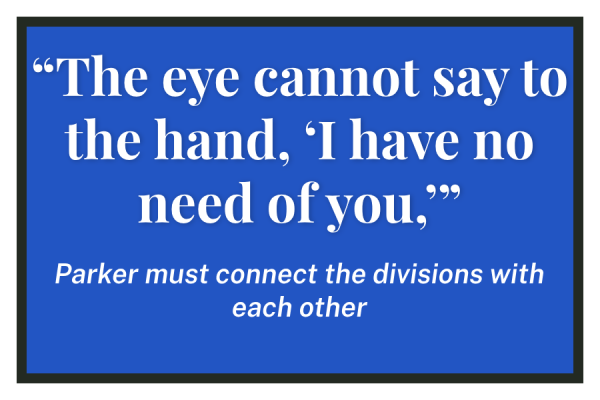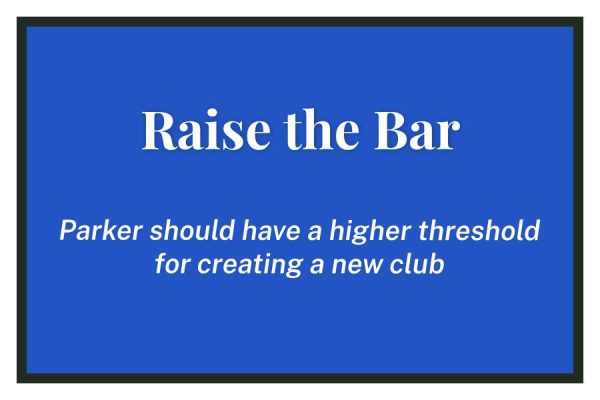Editorial, Issue 9 – Volume CVI
This year, Parker announced that a one-semester course on coding will be added to the graduation requirements. While this increases the number of required classes a student must take, we see the future impact of this mandatory coding education as being beneficial to students for a multitude of reasons relating to both their high school experience and their post-graduation pursuits.
Parker declares in its ethos, “We pursue educational excellence and creativity in order to know the pleasures of learning and the value of contributing to the progress and improvement of society.” While this is often interpreted as a promise about humanities-based intellectual diversity and opinion-forming, emerging adults must also be prepared to participate in and improve the ever-growing worlds of science and technology.
What better way to educate to “contribute to the progress of society” in STEM fields than to teach all students a fundamental preparation–indeed one or more languages–for working with existing technology and developing new technology?
Computer science is close to becoming a necessity for many future jobs. According to the Bureau of Labor Statistics, the number of jobs in software development and other computer occupations will increase at a much greater rate than any other occupation in the next few years. Already, it is estimated that approximately three jobs are available for every college graduate with a CS degree.
Despite the possible future career benefits, learning coding is not all for the purpose of securing a job in a distant future. Knowledge of coding can be helpful in science, math, and even humanities classes. Even now, students create mathematical visualizations and history group projects using the skill. When all students have at least a basic understanding of the language, the possibilities of how teachers can incorporate coding into their various curricula will become much more impressive.
As society becomes more and more dependent on rapidly advancing technology and STEM mindsets, it is simply logical for Parker to incorporate coding into a variety of curriculums. While we don’t expect the coding class requirement to have an immediate effect this dramatic, it may be one of many steps towards the path of shaping this school to provide a greater emphasis on STEM subjects.
The requirement creates a basis for both students and the school as a whole to further explore interests in technology and computer science. The most prominent benefit is simple: this requirement is laying a foundation for success in–and improvement of–society.
















